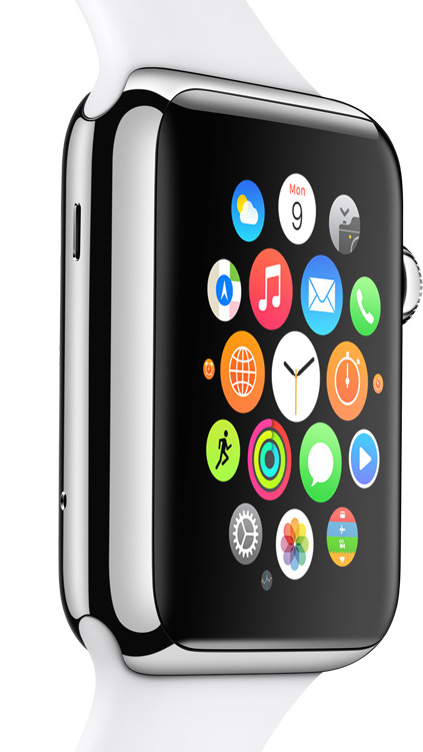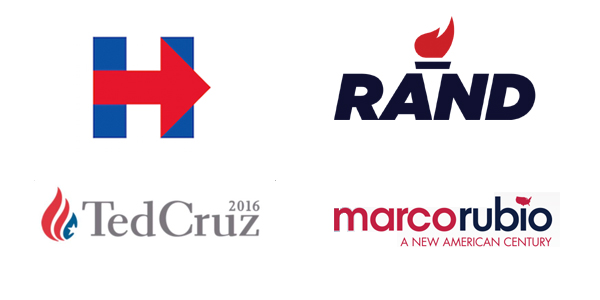A big part of what I truly enjoy about my job is the diversity of things I am able to do. From research to strategy, naming to marketing, brand architecture to positioning and content development to employee engagement. This breadth of experience leads me to notice details of brand and marketing campaigns that others may not. Over the last few weeks, I’ve collected a handful of these observations – both positive and negative – to share here.
Positioning
In clear violation of my New Year’s resolution, my husband and I shared some Ben & Jerry’s ice cream last week. I took note that the name of the flavor was different than the last time I had eaten it. Coffee Heath Bar Crunch was now Coffee Toffee Bar Crunch. Difficult to say and not nearly as catchy, but the new name proved that the company had truly committed to its public statement of removing all GMO ingredients from its products. It was an impressive commitment to its brand.
However, what really struck me was another sentence on the top of the carton (yes, I look this closely at ice cream containers). The sentence simply said, “We make the best possible ice cream in the best possible way.” Every now and again, I come across a line I wish I had written. This was one of those times. It was a clear, simple and compelling positioning statement that said so much in so few words.
That one sentence communicated the who, what and how of Ben & Jerry’s. Its values, its approachability, its commitment to quality and community, and its heritage were all encompassed in one sentence. Most often, positioning statements are limited, able to communicate what a company does, how it does it or why. Yet this statement tackled all three elements. Kudos to Ben & Jerry’s for having such a distinct vision, and for being able to so clearly communicate it to customers. It’s an example of brand strategy at its best.
Placement
Smokey the Bear has been an advertising icon and popular culture mascot for 70 years. I know this because every time I turn on the television lately, no matter the channel and no matter the time of day, there is a PSA on the screen that features Smokey. Only I can prevent wildfires – by not lighting birthday candles in the woods, by not dragging tow chains and by not lighting a bonfire in dry brush. Sensible.
But here’s the thing; I live in an urban area. There are no forests. We celebrate our birthdays indoors. And I’m certainly not lighting a bonfire in the alleyway. Additionally, it is the dead of winter; it’s far too cold to be entertaining any of the outdoor activities that Smokey is concerned about.
I appreciate that Smokey is meeting a new generation, and that he is cuddlier and kinder with his appreciative bear hugs. The tone of the ads has shifted from reprimand to reward to reflect a similar cultural shift overt the decades. All of these things are smart. But with more than $1 billion in air time donated to Smokey placements since 1980, I would hope that The Advertising Council would better use its access by targeting a more appropriate audience at a time of the year when Smokey’s important message would resonate. In my opinion, these ads are a big miss.
Engagement
My brother-in-law applied for a job using The Ladders, “the premier mobile network for career driven professionals.” About a week after he applied for the job, he received an “application status” emailed to him. The email detailed statistics about the open position. Information included the number of applications submitted for the position, the number of applications opened, resumes downloaded and shared, and the most recent date on which the recruiter had been active.
The email, however, included no information about my brother-in-law’s actual application status. It provided him no insight as to whether his application had been reviewed, how he compared to the other 48 applicants, whether the position had been filled, or how many other applicants were contacted for an interview. In essence, the “application status” was not a status at all. It offered no insight to help my brother-in-law assess his position or make a decision with how to proceed next.
The best engagements are build on solid relationships. What keeps those relationships productive depends on the shared value of the experience. In this experience, there was no value for the applicant. There were numbers, not information, and data, not insight. The data was neither predictive nor informative, what I consider baseline metrics for assessing the quality of an email marketing campaign. Here, the idea of an application status email was strong. However, the execution was weak.
Missed opportunity
Let me start this last assessment with a guilty admission, I love a pun. Any pun. It need not be witty, or smart or good. If you’re looking for an easy laugh, I’m always the girl who will find things very punny. That said I believe Cascade, the dishwashing detergent, has missed a clear opportunity in its latest commercial.
Consider the following transcript from the advertisement, “Having to scrape food off of dishes after they’re done means that they’re not clean. Solve your dish issues with Cascade Platinum.” People I know don’t have dish issues. They have “dissues” or even “dish-use.”
You’re welcome, Cascade.


